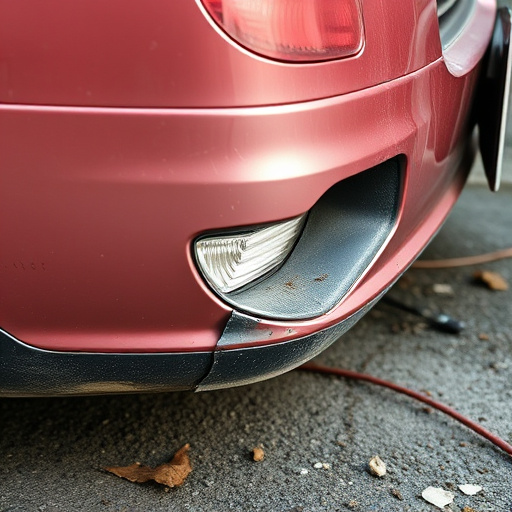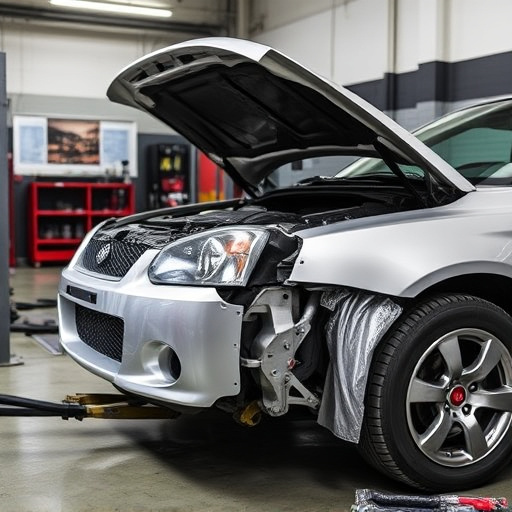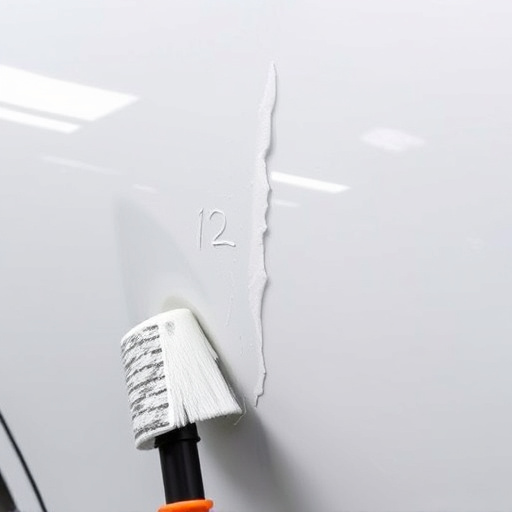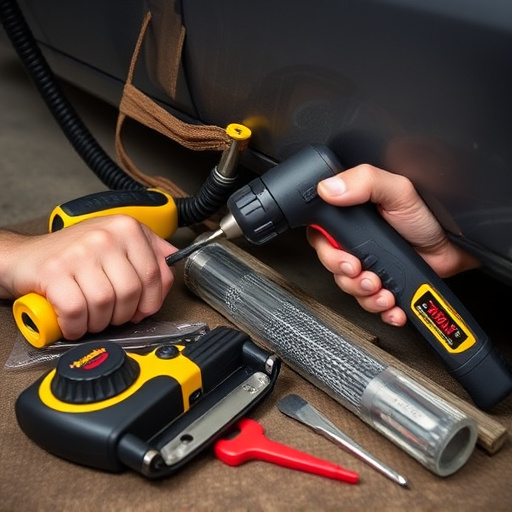Tesla's Thermal Management System ensures optimal motor and component performance through regular maintenance and accurate thermistor calibration. A thorough Tesla thermal management check identifies issues early, crucial for vehicle safety and reliability, especially during classic car restoration. Regular inspections, clean air flow, prompt thermistor calibration, and professional adjustments extend lifespan and enhance safe driving conditions.
Tesla vehicles feature advanced thermal management systems to maintain optimal performance. However, thermistor calibration errors can lead to inefficiencies. This article guides you through a thorough Tesla thermal management check, focusing on identifying and rectifying thermistor-related issues. By understanding how these sensors regulate temperature, you’ll learn effective strategies to correct and prevent thermal errors, ensuring your Tesla operates at peak efficiency.
- Understanding Tesla Thermal Management System
- Identifying Thermistor Calibration Issues
- Correcting and Preventing Thermal Errors
Understanding Tesla Thermal Management System
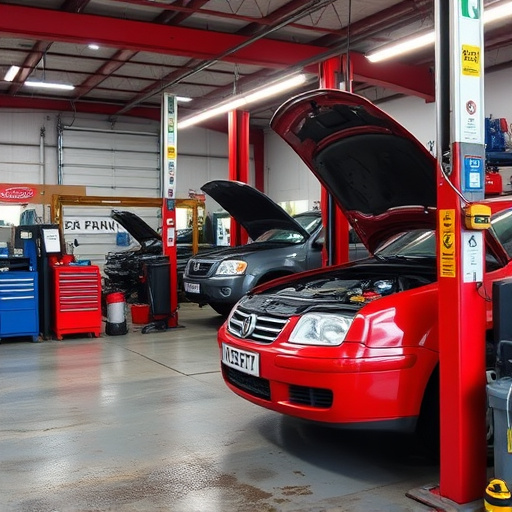
Tesla’s Thermal Management System is a sophisticated network designed to regulate the vehicle’s internal temperatures during various driving conditions and environmental settings. This system plays a crucial role in ensuring optimal performance, safety, and longevity of Tesla’s electric motors and other critical components. At its core lies precise temperature control, which is achieved through advanced sensors, software algorithms, and specialized cooling mechanisms.
When conducting a Tesla thermal management check, it becomes evident how intricate this system is. Regular maintenance and calibration are essential to keep it operating at peak efficiency. Any errors in thermistor calibration can lead to inaccurate temperature readings, potentially impacting the overall performance of the vehicle’s cooling systems. Therefore, addressing these issues through thorough checks and body shop services is vital for both new and classic car restoration enthusiasts seeking reliable auto body repairs.
Identifying Thermistor Calibration Issues
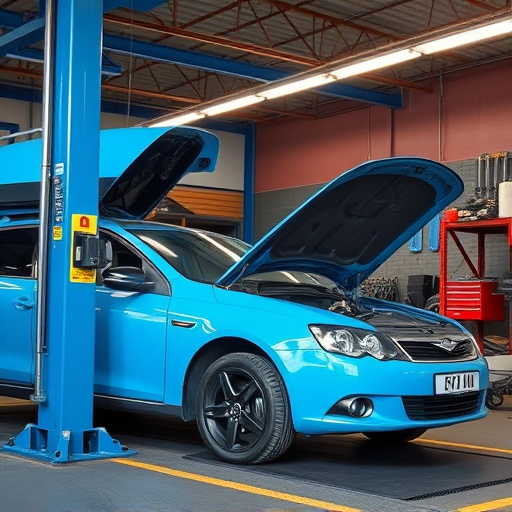
In the context of a Tesla thermal management check, identifying thermistor calibration issues is paramount for ensuring optimal vehicle performance and safety. Thermistors, crucial components in temperature sensing systems, can drift over time or become contaminated, leading to inaccurate readings. This can manifest as unexpected temperature fluctuations during driving or erratic behavior from the climate control system. For instance, a malfunctioning thermistor might report incorrect temperatures, causing the vehicle’s cooling or heating mechanisms to operate inefficiently or even fail altogether.
Regular maintenance and periodic Tesla thermal management checks are essential for catching these issues early. Professional fleet repair services or automotive repair specialists equipped with advanced diagnostic tools can accurately assess thermistor performance. By comparing actual readings against expected values, they can pinpoint problems swiftly. Whether it’s an issue with the auto glass repair (due to environmental factors) or a deeper problem within the vehicle’s electrical system, addressing thermistor calibration errors is vital for keeping your Tesla running smoothly and safely on the road.
Correcting and Preventing Thermal Errors
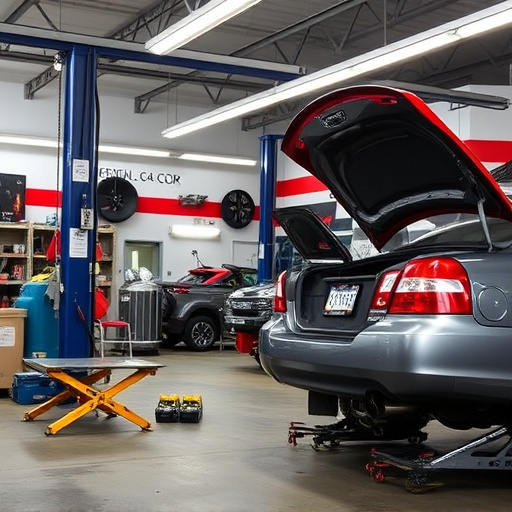
Correcting and preventing thermal errors in a Tesla is paramount for maintaining optimal vehicle performance. A thorough Tesla thermal management check should be part of regular maintenance routines. This involves examining components like radiators, heat exchangers, and thermistors to ensure they function accurately. If a thermistor calibration error is detected, it’s crucial to address the issue promptly. Professional car body restoration experts can help with precise adjustments, ensuring the system regulates temperature efficiently.
Prevention is key; regular inspections can identify potential issues early on. Maintaining a clean and unobstructed air flow path is essential, as is keeping coolant levels optimal. For any damage to external components like the bumper repair or car paint services, thorough checks should follow to ensure they don’t interfere with thermal management. These proactive measures not only extend vehicle lifespan but also contribute to safer driving conditions by maintaining a consistent and comfortable cabin temperature.
A thorough understanding of Tesla’s thermal management system is key to ensuring optimal vehicle performance. By identifying and addressing thermistor calibration errors, owners can prevent potential issues related to temperature control, leading to a more efficient and reliable driving experience. Regular Tesla thermal management checks are essential for maintaining the integrity of the vehicle’s cooling system and overall operational excellence.



